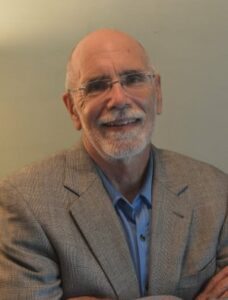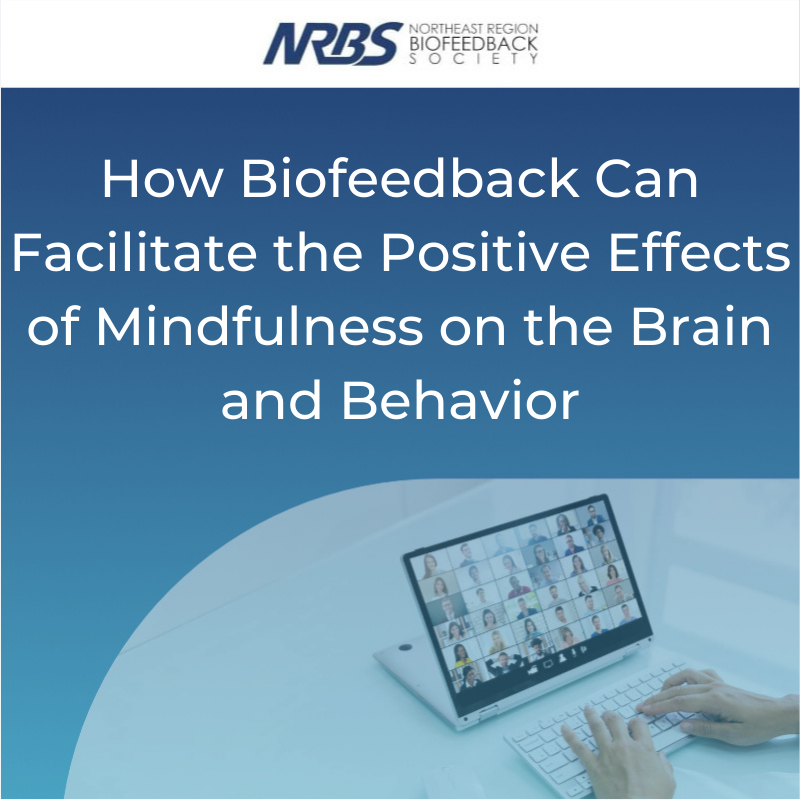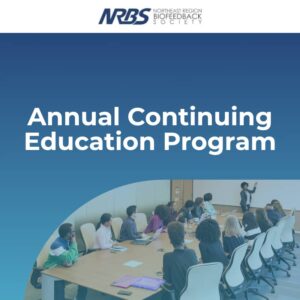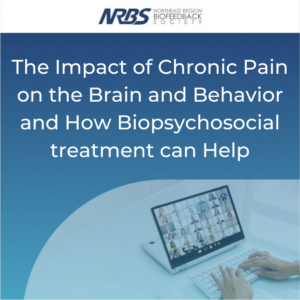Description
This one-hour presentation will discuss what is involved in “mindfulness”, what benefits can be derived from instituting a mindfulness practice into one’s daily life, and how different modalities of biofeedback can facilitate and enhance mindfulness practice. Mindfulness will be defined, and state versus trait mindfulness will be discussed. Attention and awareness will be suggested as the primary functions underlying a beneficial mindfulness practice. Basically, the better one is able to attend or concentrate and the more one is able to expand one’s conscious awareness in terms of time and content, the more beneficial will be the results. Various forms of biofeedback, including sEMG, Skin Conductance, Heart Rate Variability and EEG biofeedback will be examined as to their potential effects for improving attention and/or conscious awareness.
Objectives
As a result of participating, the attendee will be able to:
- Describe two essential features of mindfulness and one way it is beneficial for psychological wellness
- Describe one difference between attention and awareness
- List three ways that biofeedback can facilitate mindfulness and is beneficial for psychological wellness
Presenters

Mitchell Sadar is a licensed psychologist who was the director of a Pennsylvania Correctional Institution’s inpatient program for over 15 years. In 1999 he was trained in neurofeedback and tried to bring this modality to the correctional population, but his attempts were not accepted by the Department of Corrections. He then resolved to dedicate his work to biofeedback and developed his private practice. Since 2015 he has been the president of the Northeast Region Biofeedback Society. His background in neuropsychology readily lent itself to learning how the EEG can facilitate neurofeedback training. In 2018, along with his practitioner wife, Angelika Sadar, he was invited to be part of BrainARC Switzerland and began developing evaluations and protocols based on the research of HBImed, Switzerland. Since that time, he has focused on developing assessments that include an analysis of EEG and ERPs to help to guide biofeedback/neurofeedback protocols but also include recommendations regarding psychotherapy and lifestyle changes.




